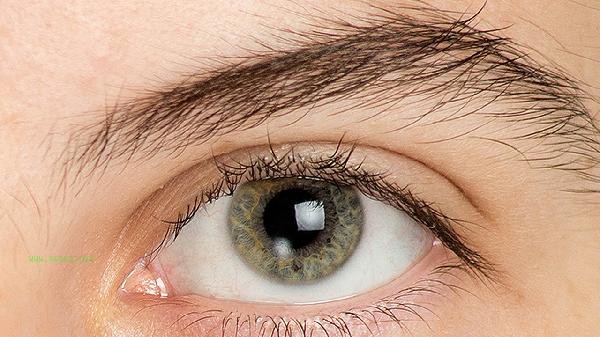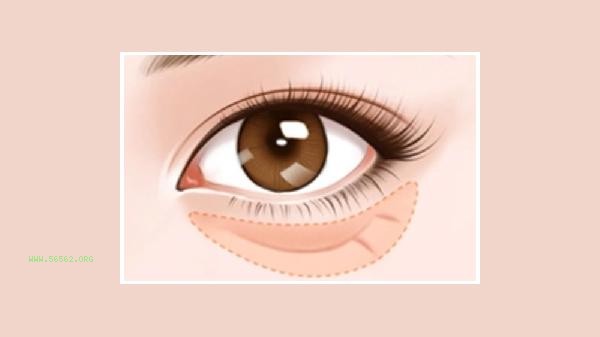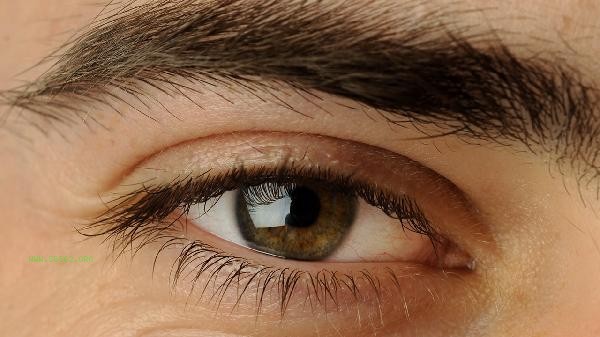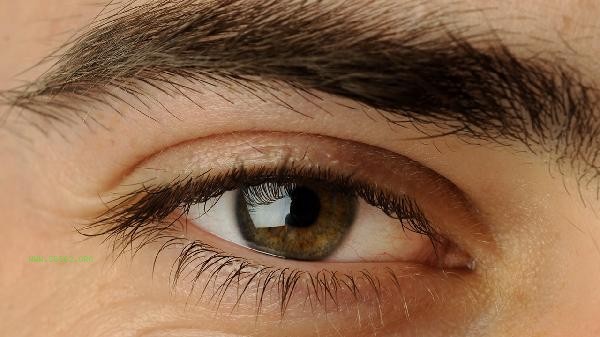Whitening needles and water light needles are both medical beauty injection projects, which may cause common side effects such as local redness, allergic reactions, infections, and in severe cases, may lead to vascular embolism or tissue necrosis. The main risks of water light injections include intolerance to the injection ingredients and postoperative dryness, while whitening injections need to be alert to excessive heavy metals and liver and kidney burden.

Whitening needles inhibit melanin through intravenous injection of components such as glutathione and vitamin C, but preparations containing illegal addition of heavy metals such as mercury and lead may cause chronic poisoning. Some people may experience discomfort such as nausea and dizziness after injection, and long-term use may interfere with the redox balance in the body. Improper operation can lead to bruising or hardening at the injection site, and the risk of phlebitis should be monitored. The metabolism of whitening injections depends on liver and kidney function, and individuals with abnormal liver function may experience jaundice or elevated transaminase levels.

Water light needle injects hyaluronic acid through mesodermal therapy, and mechanical stimulation may cause temporary erythema or papules. Excessive crosslinking agent may induce granulomas, and shallow injection can easily lead to the occurrence of the Tyndall phenomenon. Non sterile procedures can lead to abscess or granulomatous inflammation, and individuals allergic to anesthetics may develop contact dermatitis. Repeated injections may damage the skin barrier, and sensitive muscles may experience persistent redness or flaking.

It is recommended to choose a regular medical institution for operation, and complete coagulation function and allergen testing before surgery. Avoid contact with water for 24 hours after surgery, and refrain from smoking, alcohol, and spicy food for 3 days. Physical sunscreen should be strengthened daily, and medical repair facial mask should be used to soothe skin. If there is persistent fever or skin ulceration, seek medical attention immediately, and the frequency of injections should not exceed 3 times a year. For long-term beauty needs, it is recommended to prioritize non-invasive projects such as optoelectronics.








Comments (0)
Leave a Comment
No comments yet
Be the first to share your thoughts!